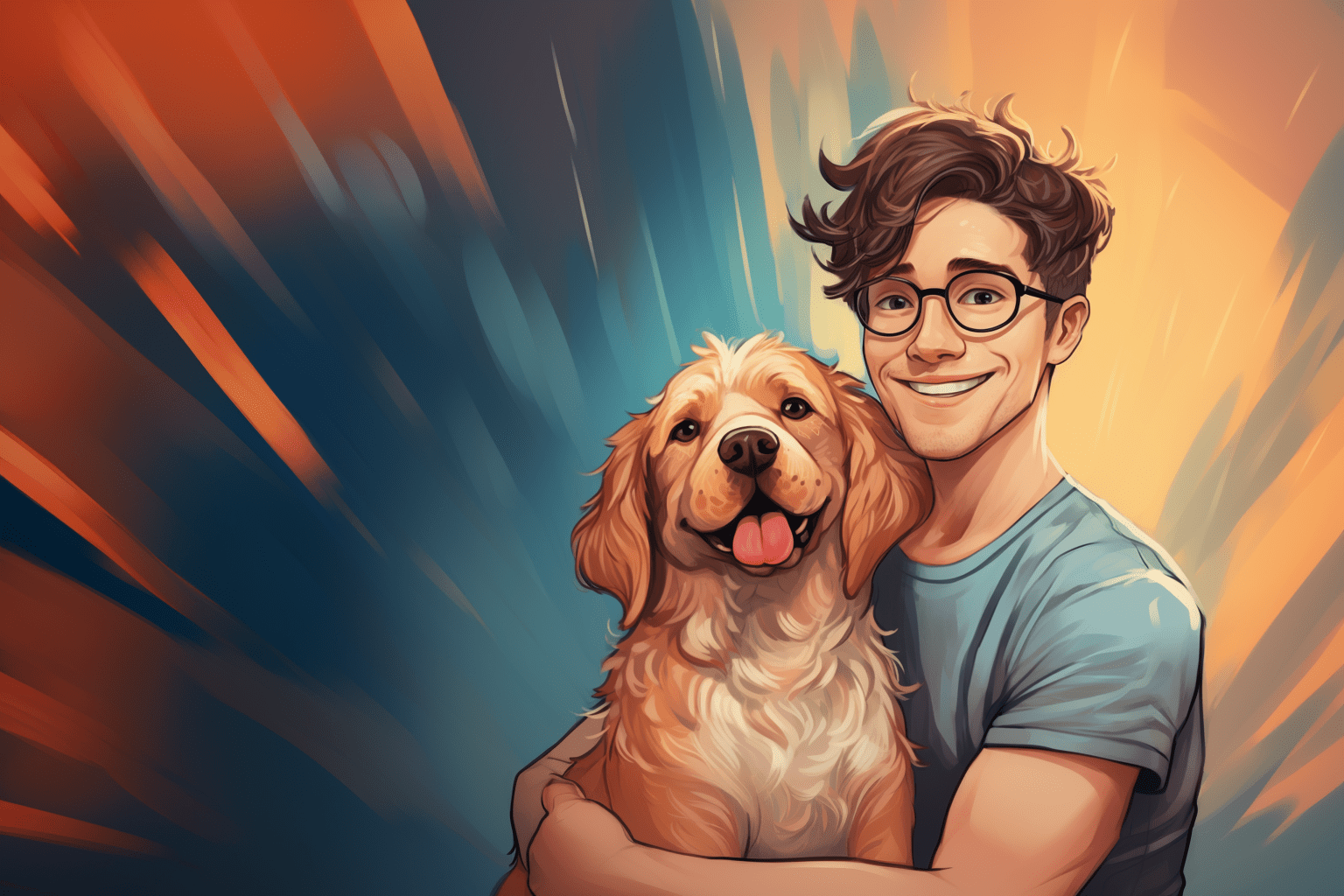When we first got our Golden Retriever, Mario, I was clueless about taking care of a dog. It was like becoming a parent for the first time.
I wanted to bring up a dog that was physically and emotionally balanced. I wanted to play with the pup, but I did not want him to disturb me when I was doing my office work. He was always allowed to approach me if he wanted something, but it was important for him to know the difference between playtime and rest or alone time.
Over the years, I have noticed that these 5 activities, though quite simple and obvious, makes a lot of difference in bringing up a well-mannered, balanced dog.
I am sure there are a lot of you who might also be trying to figure out ways to bring up a well-behaved dog. So, this is my routine, and this has worked very well for me over the years.
Before I get into the points, one thing that you should know is dogs are animals who love a routine. So, if you want to be successful, it is important that you create your routine and stick to it.
The Walk
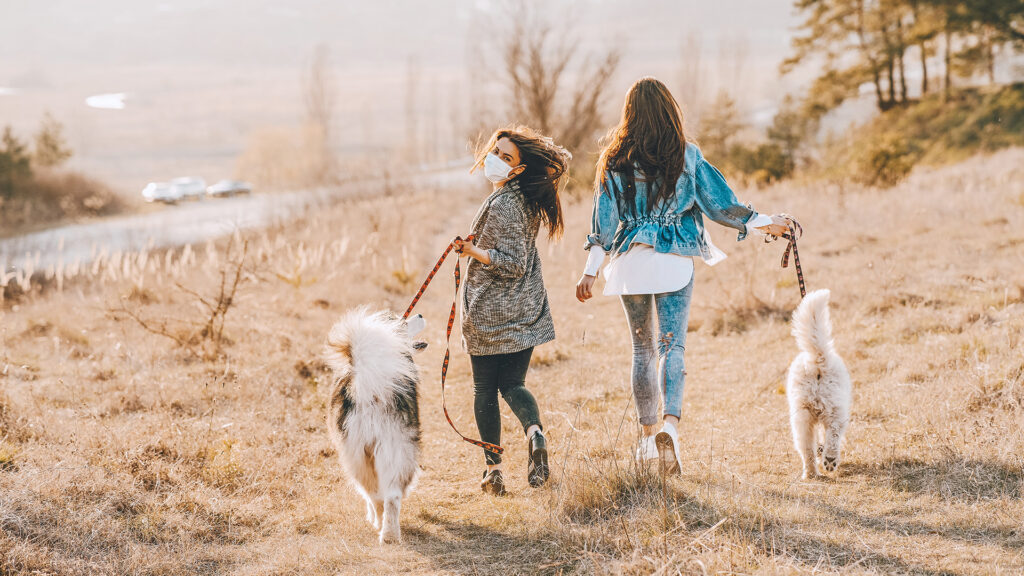
The most important ritual to create a strong bond between you and your dog is the walk. Taking your dog out for a walk exactly at the same time every day is the most important part of your routine.
Of all the walks you take with your dog, the morning walk is quite simply the most important one. The smell of fresh air, thousands of new scents to explore, meeting familiar humans and doggy friends, the physical exertion of walking briskly and the satisfaction of being able to relive himself, all results in your dog having a pleasant and enjoyable start to his day.
Having a routine before and after the walk can also help.
For instance, I always use the same command/Question just before taking my dog out – “Do you want to go out for a walk?”. This will usually be followed by me walking to the spot where I keep his leash and harness/body belt. He would be asked to sit and wait as I wear the harness and once that is done, we begin our walk.
I feel that being a little predictable is good in this case. Your dog will know what comes next. When you are predictable in a good way, your dog will start trusting you.
Mental Exercise
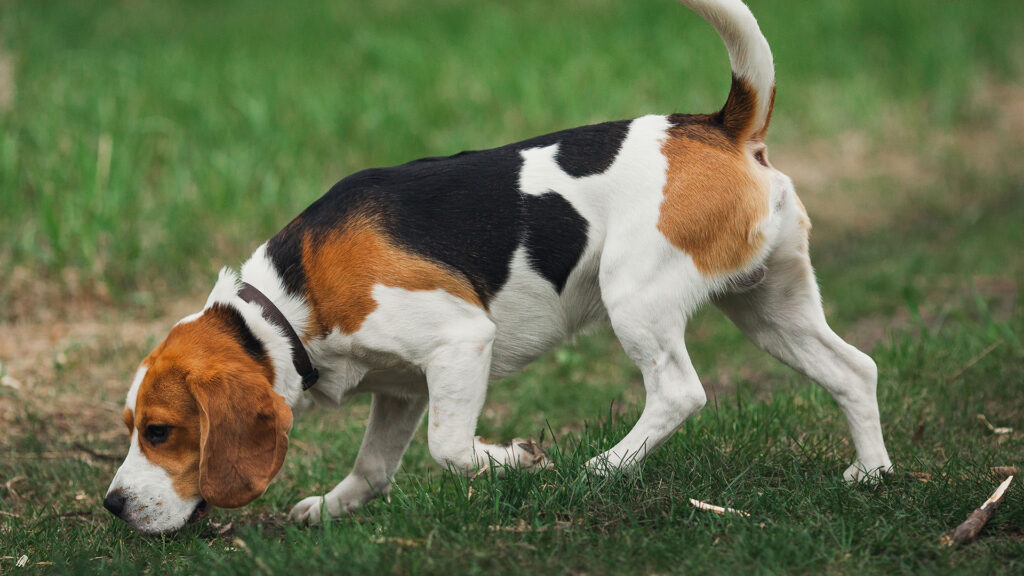
For my dog, the walk will usually be followed by a short mental exercise. But this is entirely up to you. You can plan the activity during any time of the day if your dog is ready for it.
I have noticed that the best time to give him mental exercises is before his morning meal. My dog is quite eager to do what I want him to do when he is hungry. So, I keep a few tasty treats in hand. I have his undivided attention; he gets his treats and learns something in the process. So, a win-win situation for both of us.
The kind of exercise you do can be as simple as teaching him a new trick, giving him obedience training, playing hide and seek, or any such activity.
The Wait

I am not referring to the act of waiting that we usually teach during obedience training. It is important for your dog to understand when you can be approached and when he needs to wait. This is an activity that requires a bit of repetition.
Let us say you are reading your morning paper or are on the phone, you do not want your dog to come jumping on you with a toy. He needs to understand his limits. So, it is important that you plan a portion of your time with your dog to teach him to wait patiently.
The best way to train your dog to wait patiently is to sit with him after a bit of physical exercise. This usually works after his morning walks and mental exercise. His body has gotten the required workout and he is calm. This is when I take my morning tea and newspaper and sit next to him, but the most important thing is that I will not interact. There should be no eye contact.
This does not mean that I do not notice his activities. If I see him misbehaving, I give him a stern ‘NO’. I usually do this exercise for 15-30 minutes and always end it with a pat + good boy or girl + a treat (optional).
Always recognise and show appreciation for acceptable behaviour.
Physical Exercise
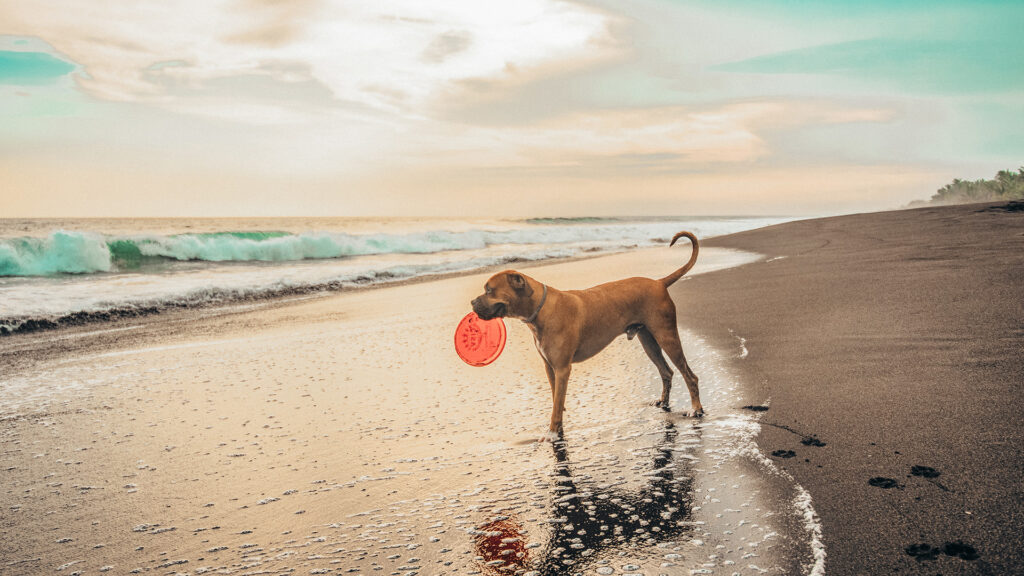
A dog that is well exercised, is a well-behaved dog. I usually plan physical exercise for the evening. It gets quite hot during the day, and it would not be ideal to make him run as he gets tired very easily. Moreover, by the time we finish our morning walk and mental exercise, it will be time for me to get to the office.
We have three physical exercise routines; Fetch, Catch, and Obstacle Course. ‘Fetch’ is throwing something (preferably a ball) and making him retrieve it for you. My current dog is a Labrador and he loves this game. He loves to play catch as well.
I have made short hurdles using PVC pipes and obstructions using buckets which can be used for a budget-friendly obstacle course. You can use any of these easy exercises or create one of your own.
I know people who take their dogs for their morning run or take them for a long trek. It is up to you to figure out what works best. It is always better to choose an activity that you can do easily and regularly.
Alone Time
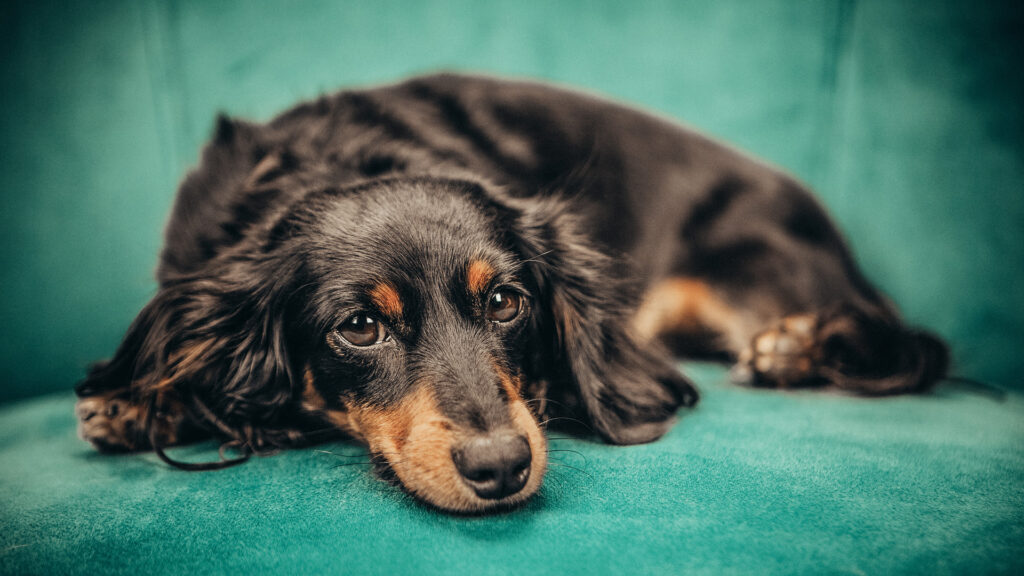
Bringing up a dog is not just about teaching him the human way of life. It is about letting your dog be a dog. Letting him sniff, run, and roll in the grass. If your dog is enjoying himself without hurting anybody or damaging anything, then it is ok.
I take him to a nearby empty plot and set him free. You need to be sure that the area is fenced even if he is well trained for recall. They can easily get lost chasing another animal.
The time after your dog has his meal is also perfect for his alone time. I do not ask anything of him for a while after he has his meal. This is usually when he rests.
Conclusion
As cliched as it may sound, bringing up a dog is like bringing up a child. You need to be present to teach him or her what is right, what is acceptable and what is not. The mistake that most first-time dog owners make is that they mix it up.
I do agree that it is acceptable at times. You may decide to take your dog for a short run during your morning walk. You may mix the physical and mental exercises.
But the problem arises when you engage with your dog during his alone time or when you let your dog jump all over you when you are working. Teaching your dog boundaries is especially important for bringing up a well-behaved dog.
Finally, and most importantly, build a routine that you are comfortable with. Let the routine be around these five activities. I am sure that you might be doing most of these or probably all of these activities but it might not be a routine or you might not be consciously doing it or you might be letting your guard down and not being as stern as you should.
There is nothing wrong with putting your foot down and asking your dog to behave. If you want to be the alpha dog, then you need to take control. You need to show him the way.

